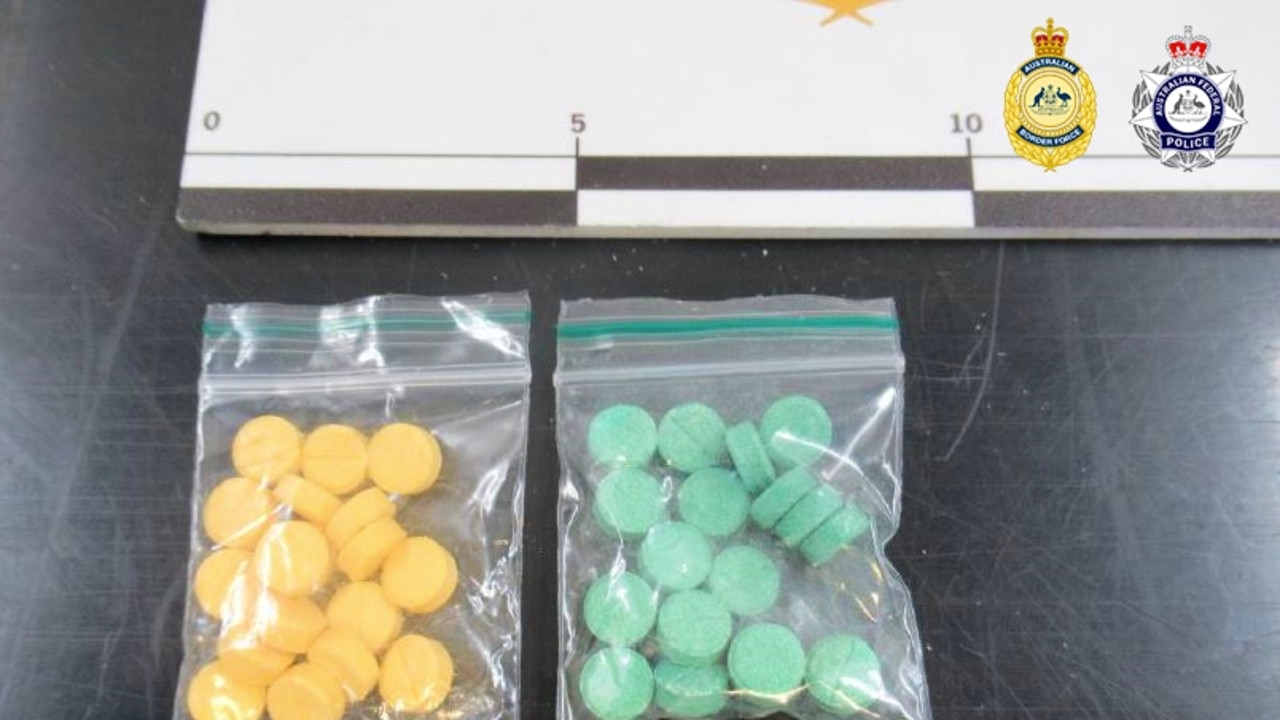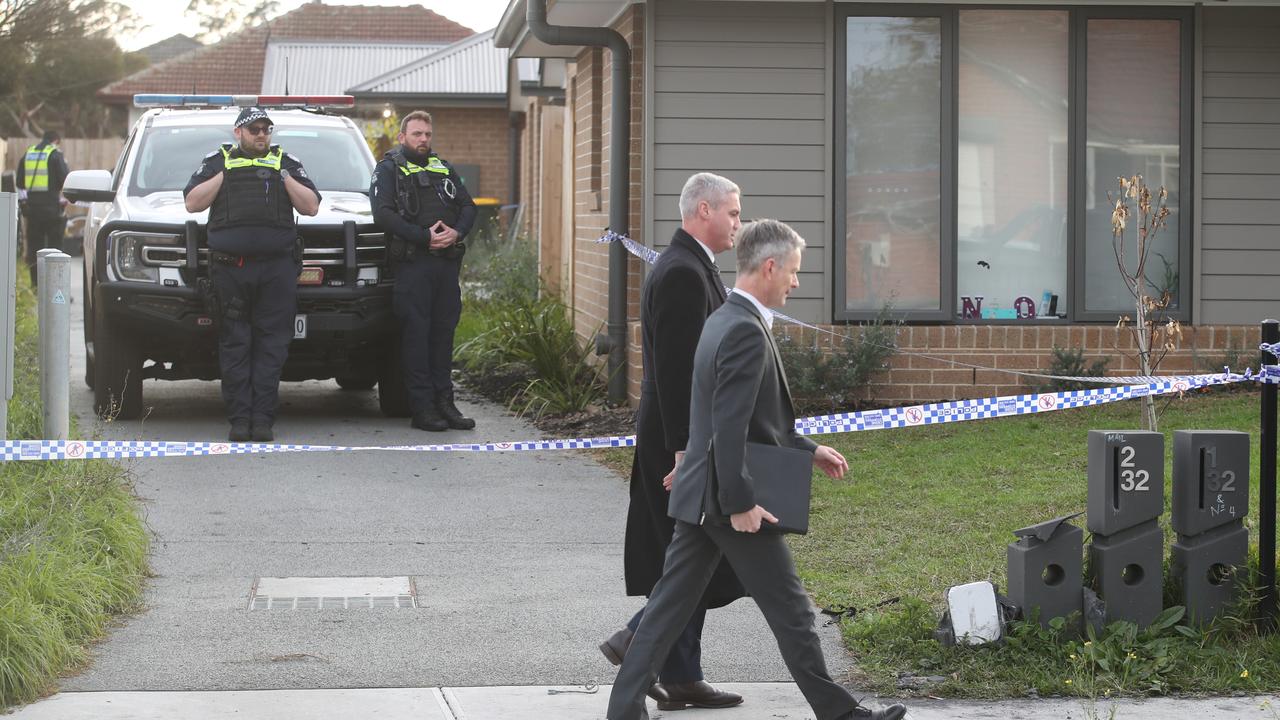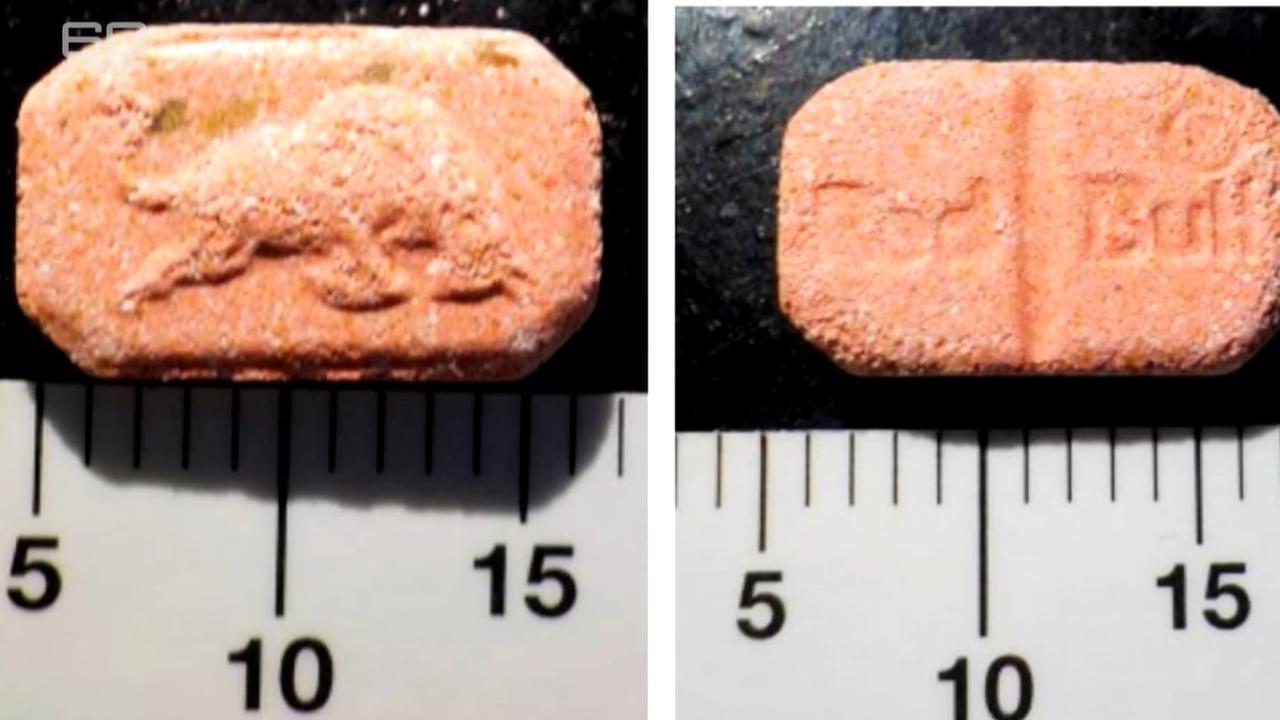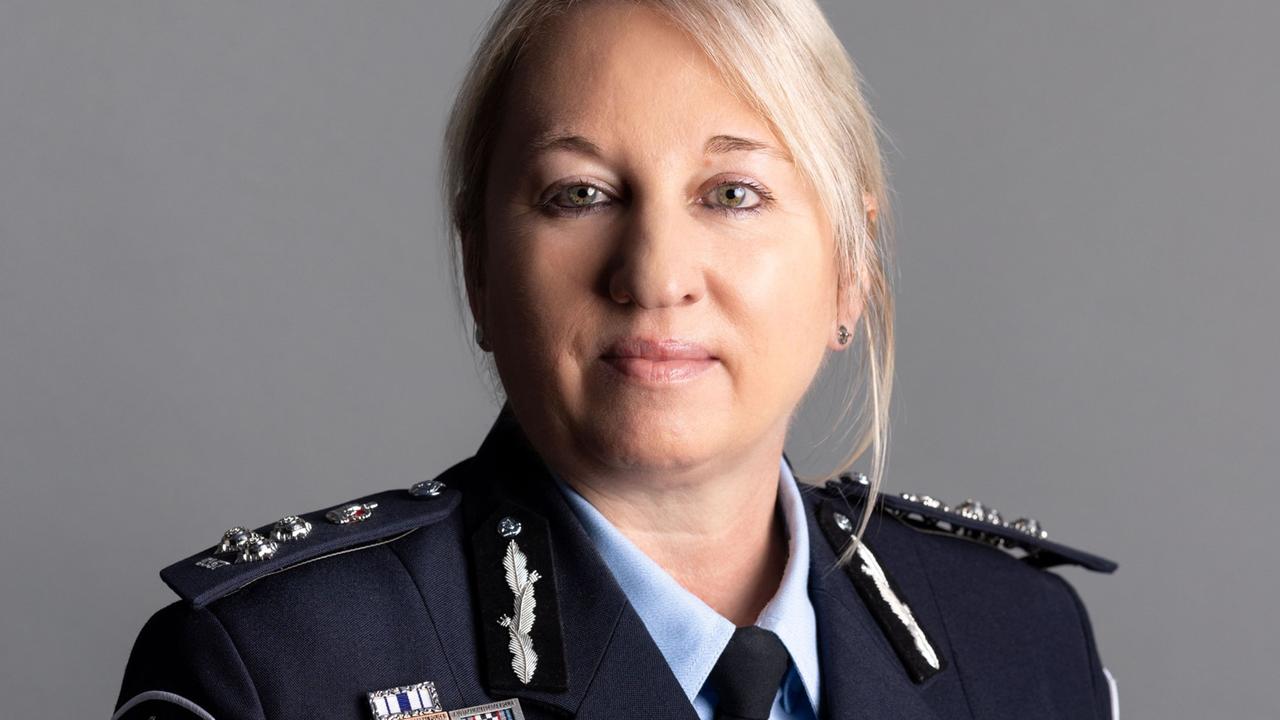AFP warning over rise in Nitazene opioids found in street drugs
Australian police are cracking down on a deadly synthetic opioid, after four people died from possible overdoses.
Australian police are cracking down on deadly drugs that have been cut with the synthetic opioid Nitazene, after four people died from suspected overdoses.
Federal Police Commander Paula Hudson wants everyone to be aware of the dangers of consuming Nitazenes, which is 1000 times more potent than morphine.
“Nitazenes have authorities very, very concerned, and we want to get the message out there to the community that what they’re taking may not be what they’re thinking it is,” Ms Hudson told 60 Minutes on Sunday.

“Nitazene is on the streets at the moment, so be very careful. Know the signs of overdose, and be prepared.”
Nitazenes are a group of synthetic opioids that are made up of several different types of drugs including protonitazene and metonitazene.
The drug is usually laced in other substances including MDMA, ketamine, cocaine and methamphetamine, leaving those who consume it unaware they’re at risk.
The warning comes as police continue their investigation into the deaths of four people in Broadmeadows, Melbourne, last month.
The bodies of Michael Hodgkinson, 32, Abdul El Sayed, 17, were found along with a 37-year-old man and a 42-year-old woman following a suspected drug overdose.
The deaths are still being treated as non-suspicious at this time.
Victoria police said preliminary tests have confirmed the presence of a synthetic opioid in the system of all four people.
There was no presence of fentanyl detected during the initial testing, police confirmed.

Uniting Medically Supervised Injecting Centre’s medical director Dr Marianne Jauncey told the Herald Sun she was concerned the synthetic opioid detected in the Broadmeadows deaths was a type of Nitazene.
Dr Jauncey said it was imperative drug checking services became more accessible.
“I think it’s frightening that we don’t know where to look next,” she said.
“At the moment, we aren’t going to know unless people continue to overdose or die.
“Without things like drug checking, it’s hard to know what’s going on.
“If you’re not looking, you’re not going to find it. We need to be looking more. We need to heighten our surveillance.”

Ms Hudson said the rise of Nitazenes throughout the community isn’t unsurprising, after the AFP intercepted 37 parcels containing the synthetic opioid in mail shipments in the last year.
She said four kilos were found in Melbourne during a search warrant last week.
“That’s of great concern to us,” Ms Hudson said.
“What the public needs to be aware of is that two milligrams can be lethal.
“So even though we might seize 30 grams, that’s enough for 25,000 lethal doses.”
However, experts believe Nitazenes are produced in China, where it was previously legal to make the drug.

The Chinese government has since committed to cracking down on the production of the drug.
“The Chinese authorities will be able to actually enforce the regulation of Nitazenes through the fact that they have now been listed
as a controlled substance,“ Ms Hudson said.
“That will certainly equip us with much greater leverage offshore to work to prevent Nitazenes from flowing down into Australia.”
Meanwhile, the Victorian Department of Health issued an alert for the synthetic opioid Protonitazene last week.
“There have been recent serious harms in Melbourne associated with a white powder sold as cocaine that contained protonitazene,” the alert stated.
“The product appears to produce strong adverse effects such as loss of consciousness, respiratory depression, and life-threatening hypoxia (insufficient oxygen for normal functioning).”






